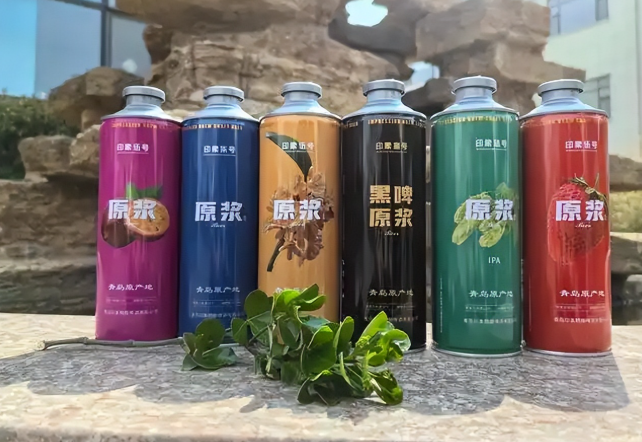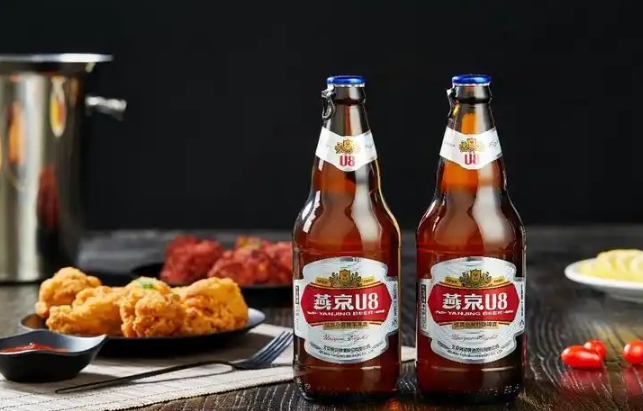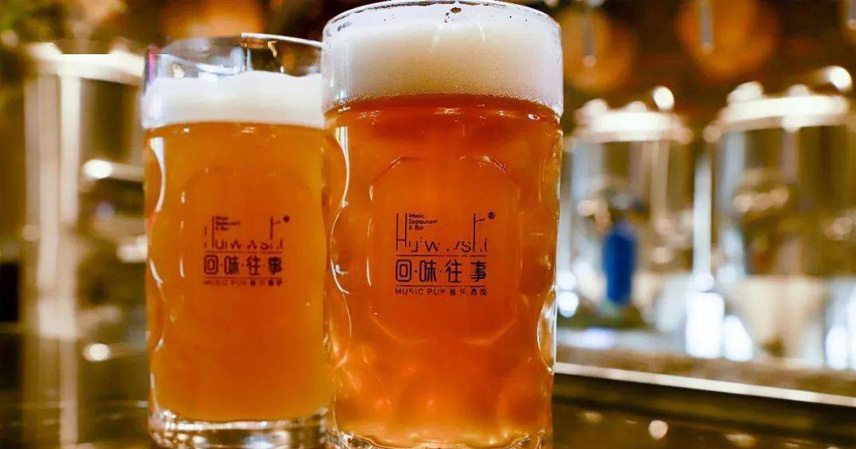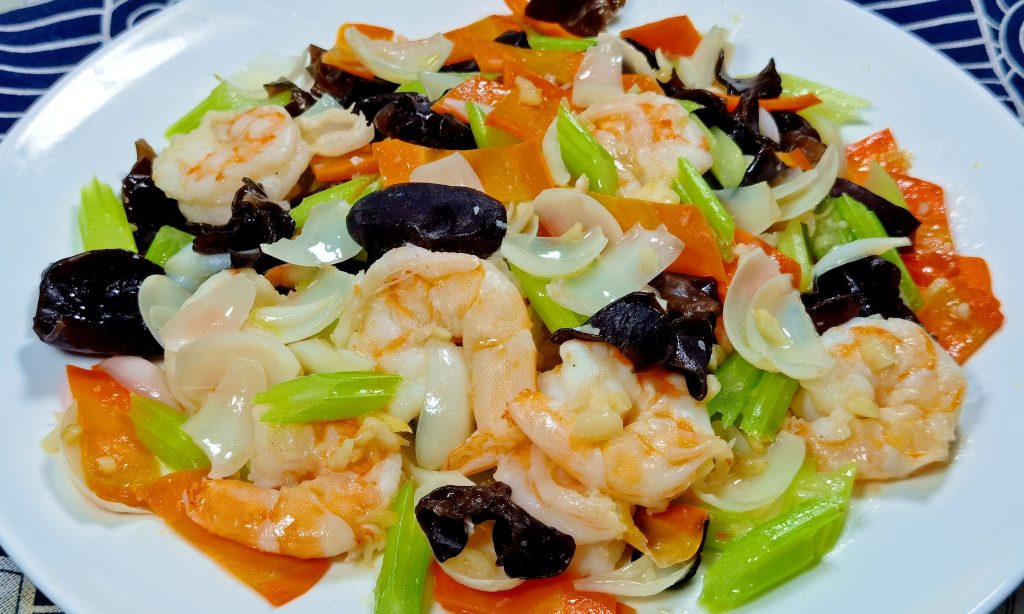Once hailed as the ultimate drink for beer enthusiasts, craft beer rapidly gained popularity after people grew tired of mass-produced beers. Its delicate bubbles, rich malt aroma, and smooth mouthfeel quickly elevated it to a revered status among drinkers. But today, craft beer seems to be facing a downturn. From breweries closing down to a significant sales drop, it seems the craft beer trend is cooling off. So, what led to this sudden shift? Industry experts point to five key reasons:
1. Market Saturation
Around 2015, craft beer was seen as a “blue ocean” market, attracting numerous entrepreneurs. At one point, there were over 24,000 craft beer-related businesses in China. However, the market is limited, and the rise in competition led to a shakeout within the industry. Major beer brands, such as Tsingtao and Yanjing, jumped in with their own craft beer lines, leveraging their distribution networks and large-scale production to offer lower prices. For instance, Tsingtao’s white beer is priced at only 6.5 yuan/550ml, challenging the niche market of smaller craft brands. Meanwhile, retail giants like Hema and Pinduoduo launched affordable craft beer at around 10 yuan, further squeezing independent craft breweries.

2. The Rise of Fake “Craft” Beers
As the popularity of craft beer grew, so did the number of brands entering the market. Unfortunately, many of these “craft beers” lacked the rich flavors that originally defined the category. Some were essentially mass-produced beers with added flavorings but marketed as “handcrafted” for a premium price—sometimes three times higher than regular beer. This misrepresentation has led to a decline in consumer trust. In fact, 53% of consumers report having purchased craft beers that were inconsistent in flavor, tarnishing the reputation of the entire industry.
3. High Prices
One of the main reasons craft beer may be losing its appeal is its high price point. Bottled craft beers typically cost between 15-30 yuan, and a pint at a bar can range from 40-60 yuan, making them 3-5 times more expensive than regular industrial beers. During summer, when beer consumption peaks, gatherings with friends often result in substantial bills. In an era of economic uncertainty, consumers are increasingly turning to cheaper industrial beers as a more affordable alternative. After all, the primary goal of drinking beer in social settings is the enjoyment of time spent with friends, not the type of beer consumed.

4. Large Brewers’ Competitive Advantage
As the craft beer market expanded, industry giants like Tsingtao and Yanjing quietly entered the space. Yanjing’s U8 craft beer, for example, offers a taste similar to traditional craft beers but is priced at only 8-12 yuan, much lower than the cost of smaller brands. These large brewers leverage their economies of scale, allowing them to produce craft beer at prices that smaller producers simply cannot match. Distributors have openly admitted that “Yanjing’s craft beer floods the supermarket shelves, and our products can’t compete.” As a result, small to medium-sized craft breweries are struggling to survive in this uneven playing field.
5. Changing Consumer Preferences
The initial rise of craft beer was driven by young people’s desire for personalized experiences. It was a symbol of standing out, but as time went on, consumers began to return to more rational decision-making. Several factors contributed to this shift:

- Consumption scenarios: Craft beer often has a higher alcohol content (4%-6%) and stronger malt flavors, which makes it more suitable for slow sipping. Unfortunately, this does not align well with typical drinking occasions like barbecues and casual gatherings, where people prefer lighter, more drinkable options like industrial beers.
- Health consciousness: With more people becoming cautious about alcohol consumption, lower-alcohol drinks like fruit-flavored beers and sparkling wines have surged in popularity. Craft beer’s intense flavor has become a burden for some consumers, as they seek lighter options.
References:
- Industry data on craft beer trends in China
- Consumer surveys on craft beer consumption



